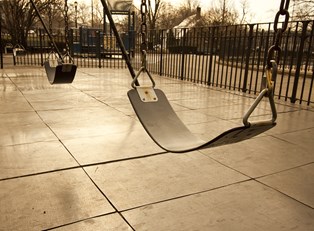Many parents nowadays are noticing the need for kids to wear deodorant perhaps sooner than previous generations, especially with early onset of puberty on the rise. Some may be shopping for deodorant for their children earlier than they had anticipated. For others, it is just naturally the right time. Whatever the circumstances, if you are on the lookout for kid-safe product to cover up your child’s foul-smelling odor, here’s what you should know about buying deodorant for young underarms.
Is deodorant safe?
Any internet search for deodorant will most likely lead to sites and blog posts warning of the dangers of deodorant and antiperspirant. You may have come across claims that deodorant and antiperspirant cause breast cancer, Alzheimer’s disease, dementia, or even kidney disease. The Alzheimer’s Association and the American Cancer Society refute these claims as myths, stating that research has not been able to back them up.
If you have concerns, you should consult with your child’s pediatrician or look for more natural alternatives. Some you can even make at home. According to the Federal Drug Administration (FDA), you will want to be sure to read the labeling of ingredients rather than just trusting the words, “natural,” or “hypoallergenic,” on the front of a package, because manufacturers may use these words freely to mean whatever they choose.
Deodorant or antiperspirant or both?
The active ingredients, aluminum compounds, contained in antiperspirant, are regulated as drugs by the FDA because they stop the body from producing sweat, a bodily function. These ingredients are also known causes of skin irritation. Since your child’s skin is younger and as a result is more sensitive than adult skin, it may be more vulnerable to the ingredients in antiperspirant and therefore more susceptible to skin irritation.
The American Academy of Pediatrics (AAP) states that most kids experiencing the early stages of puberty do not perspire enough to warrant the use of antiperspirant. Since perspiration is a defensive bodily function which protects us from overheating, pediatricians usually recommend starting children out with using only deodorant.
What form is best?
Deodorant comes in all shapes, sizes, and forms. The most common ones are: soft solid sticks, roll-ons, and aerosol sprays. Bars that look like soap, non-aerosol sprays, powders, crystal rocks, and creams are also available. Since many kids struggle with consistency when it comes to hygiene routines, the best choice may be one that is simple and easy to use. The AAP also warns against children using aerosol deodorant or antiperspirant sprays, because improper use can result in cold burns, frostbite, and potential skin damage.
Fun packaging and an I-am-growing-up fragrance can be an incentive for your child to add applying deodorant to his or her daily grooming chores, but you may want to keep in mind that fragrance is also the biggest skin irritant found in cosmetics. If your child develops swelling or a red itchy rash in the area where deodorant was applied, you may stick with fragrance-free options.



